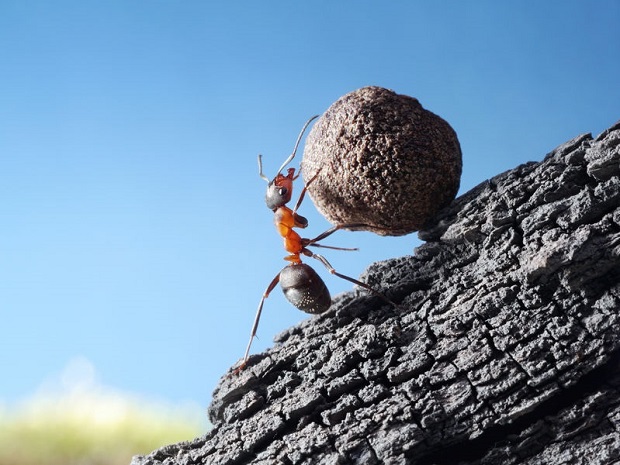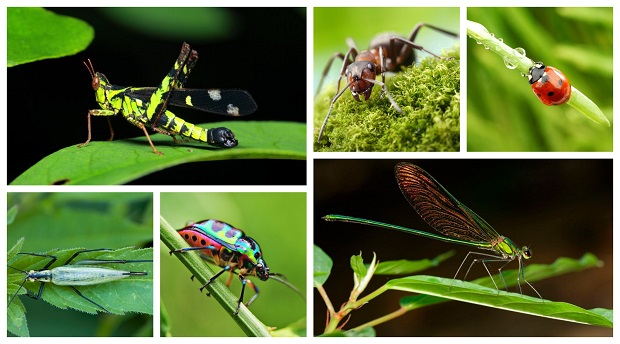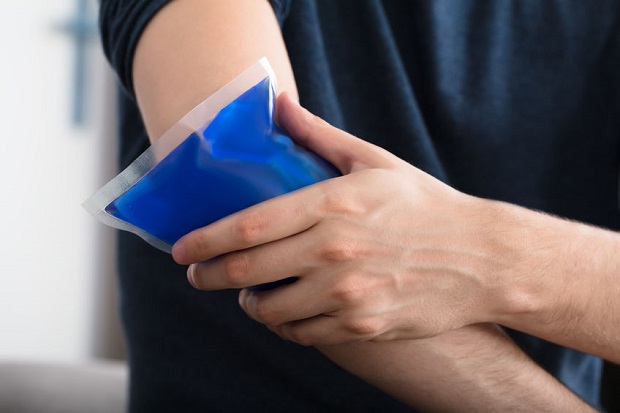
For the thousands of people stung in the US every year, knowing what to put on a bee sting can help you become more comfortable quicker. For 97% of the population, a bee sting merely results in a short-term, painful experience. When a bee sting occurs, here are the measures to take.
Immediate Bee Sting Treatment
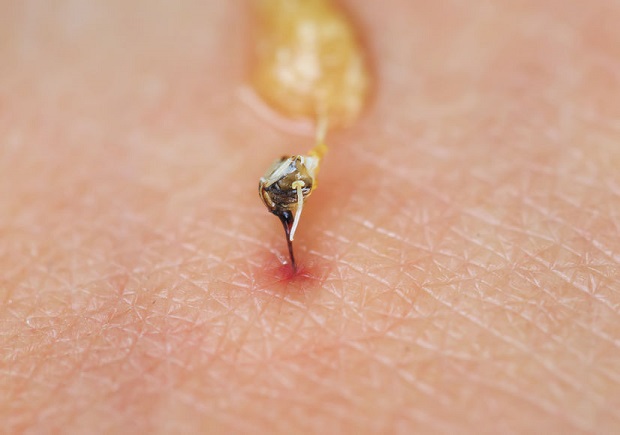
Before covering the sting with anything, make sure that the stinger has been removed. Most bees do not leave a stinger behind, but the honeybee has a barbed stinger, which remains behind with the venom sac attached. The stinger will continue to inject venom even after the bee has flown away to die. Scrape the area with a stiff, flat edge item like a credit card to remove the stinger.
What to Put on a Bee Sting
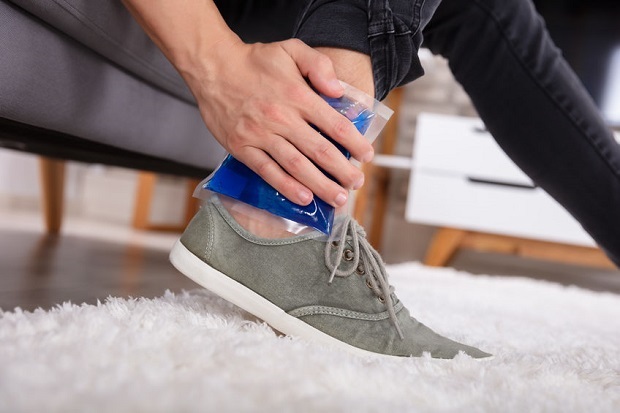
Ice is the best instant remedy for a bee sting. Ice will help with the swelling; it will help reduce the pain associated with the sting. Put ice in a freezer bag or wrap in a towel and place on the sting for twenty to thirty minutes.
There are also many folk home remedies that thousands of bee sting victims swear by, including vinegar or rubbing alcohol dabbed on the sting site with a cotton ball, a paste of meat tenderizer, baking soda and water, and toothpaste. When swabbing anything onto the skin, wash immediately and discontinue use if you experience any atypical reactions such as a rash.
Monitor the Victim for an Allergic Reaction

Three thousand different bee species are native to the US, the venom comprised toxins distinctive to that species. Because of this, a person who has received previous bee stings with no complications may react differently to a sting from a different species. For instance, some people are allergic to yellow jacket stings but not to honeybee stings.
Most victims will respond to a bee sting with a localized reaction, including swelling, pain, itching, and redness in the area. The pain generally subsides in a few hours.
An estimated 3% of the population will experience a systematic allergic reaction to a bee sting. The symptoms of this reaction may include atypical swelling, swelling in areas not associated with the sting site, vomiting, and dizziness.
An estimated fifty people in the US die each year from anaphylactic reactions to bee stings. If the victim displays any signs of difficulty breathing, call emergency medical services immediately. Anaphylactic reactions can lead to shock and can occur only minutes following a bee sting.
Resources
Conrad Stoppler MD, Melissa. – Medicinenet.com – “Bee Sting Treatment.”
National Ag Safety Database – “First Aid for Bee and Insect Stings.”
Scientific American – “Plan Bee: As Honeybees Die Out, Will Other Species Take Their Place?”
